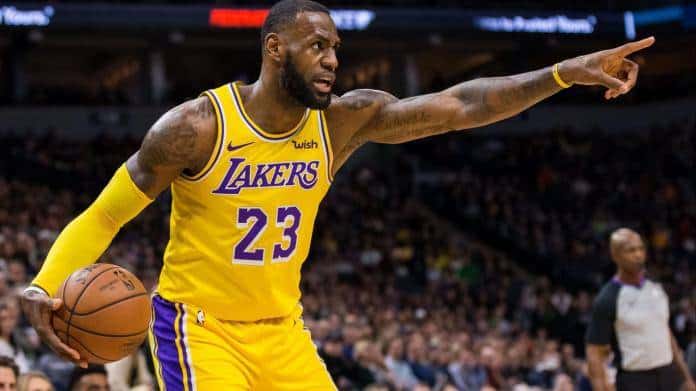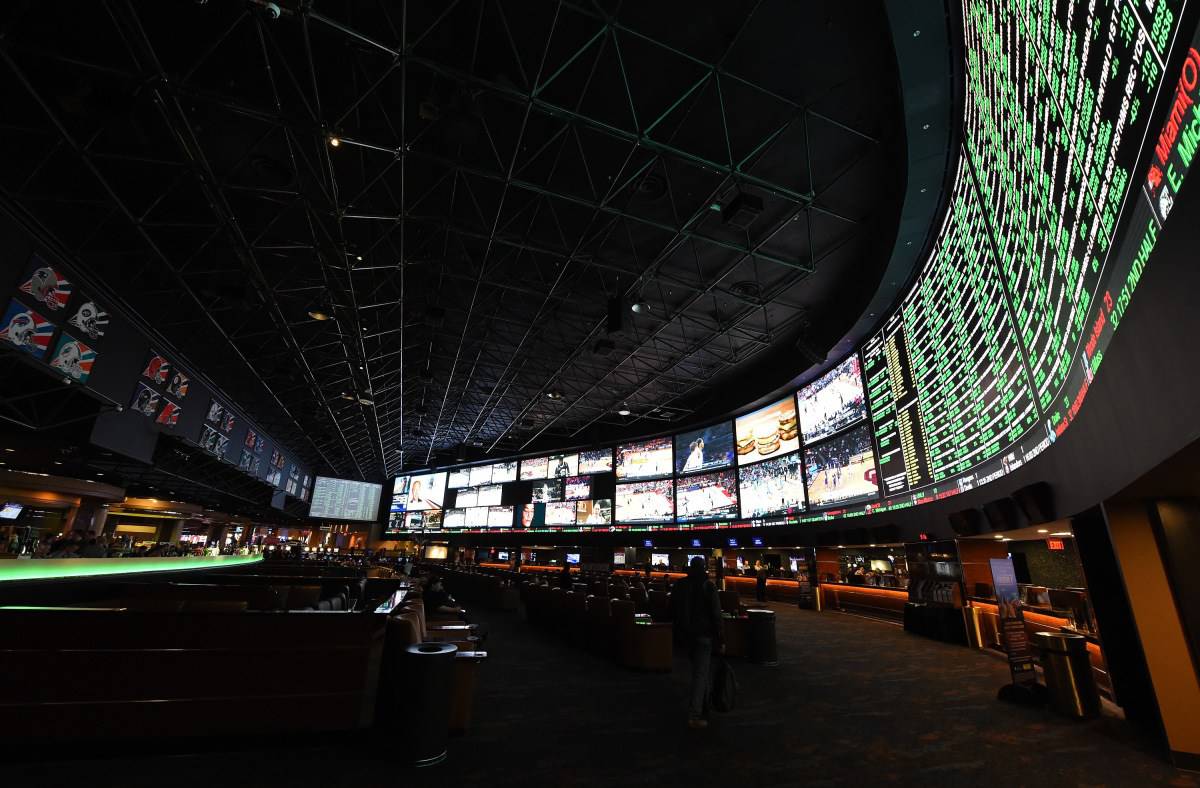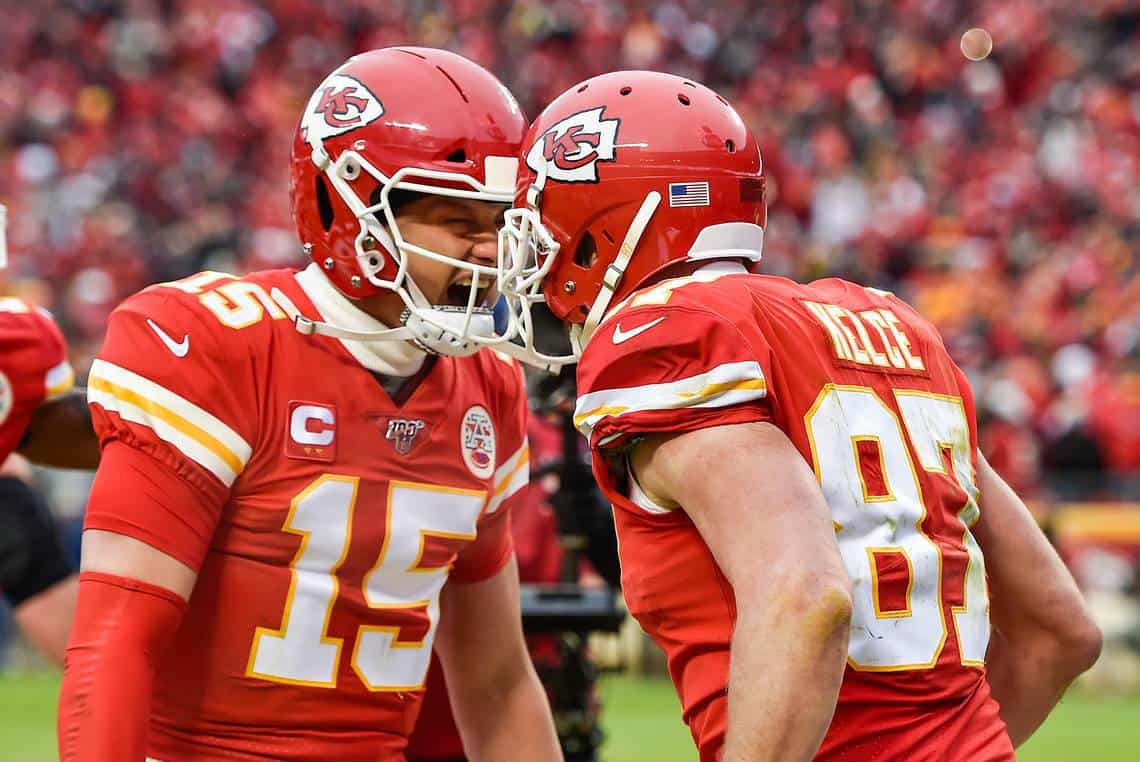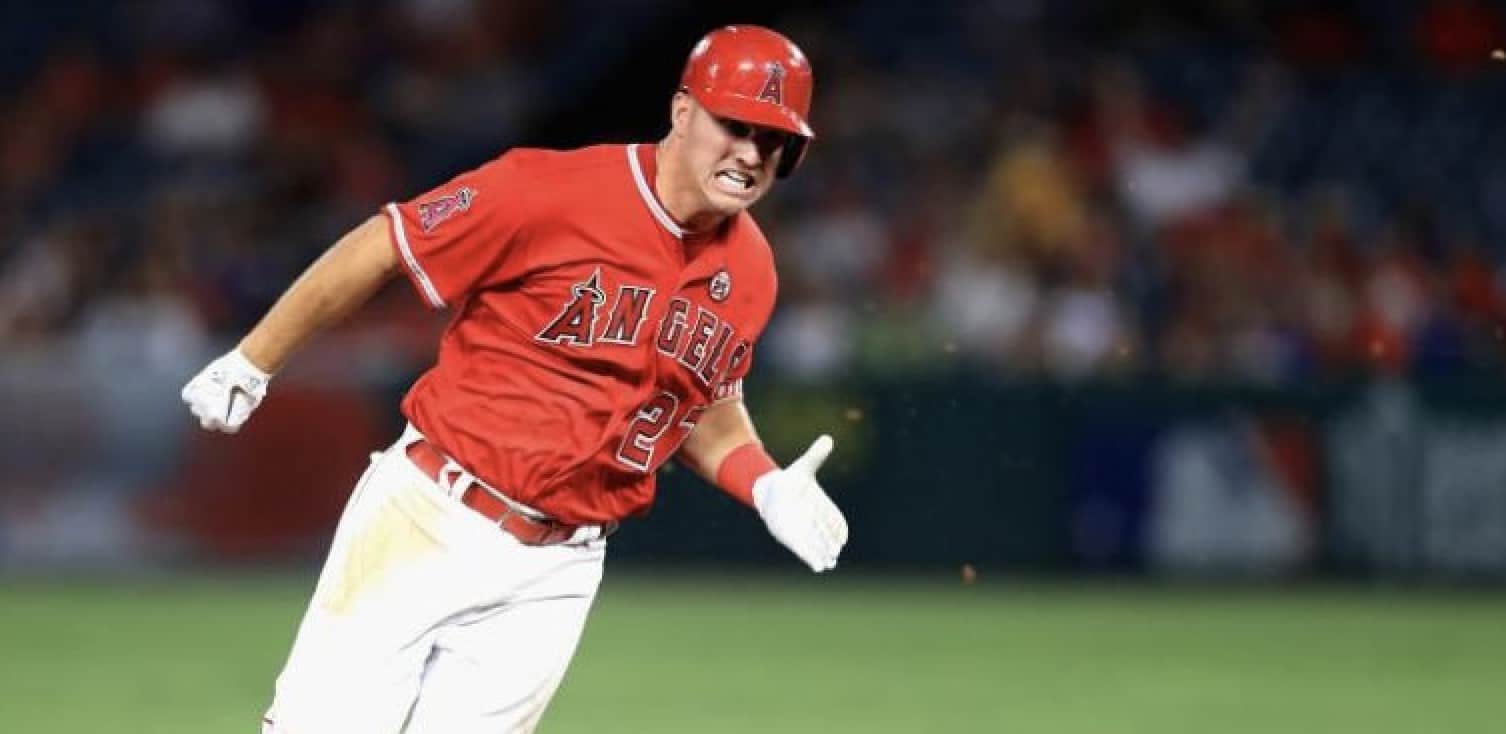2025 Preakness Betting
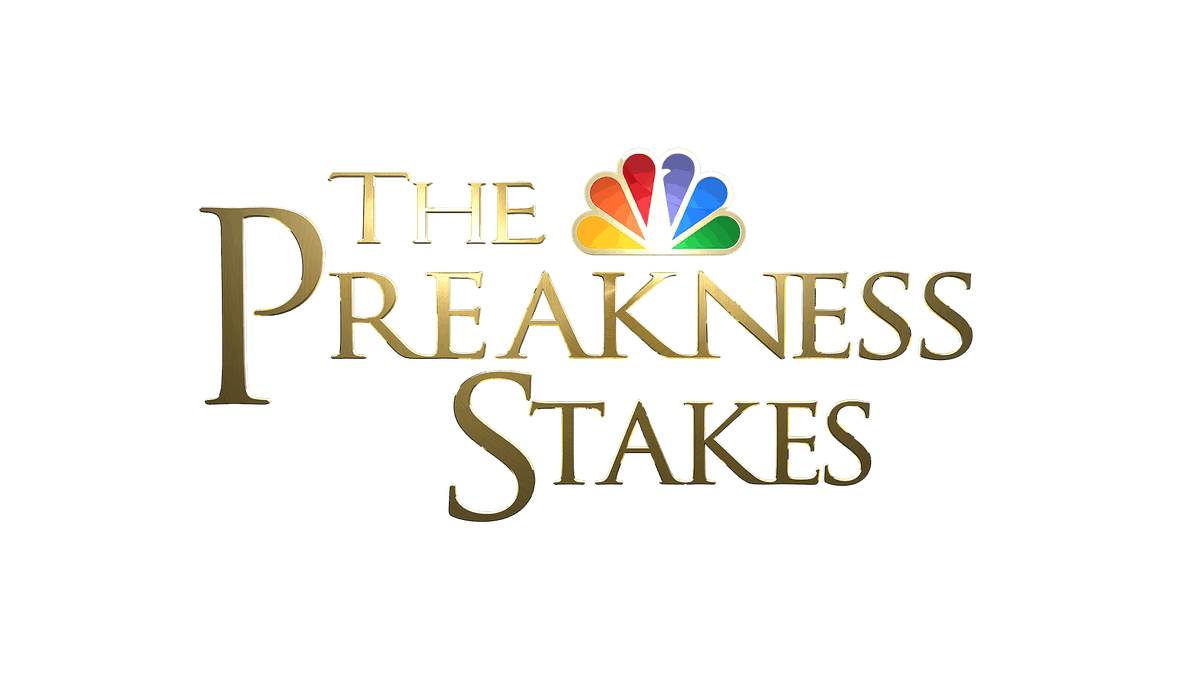
The COVID-19 pandemic forced the rescheduling of most sporting events around the world in 2020 and the Preakness Stakes along with the other Triple Crown series races were no exception. The Preakness Stakes is traditionally run on the third Sunday in May as the second leg of the Triple Crown. Like the Kentucky Derby, the Preakness was moved from the traditional date to much later in the year. Eventually, the Preakness was run on Saturday, October 3 at Baltimore’s Pimlico Race Course without fans in attendance. In addition, it was ‘out of sequence’ per the traditional order and served this year as the final leg of the Triple Crown. The date was chosen to give horses and their connections a month between the Preakness and the Breeders’ Cup on November 6 and 7.
The usual Preakness field is made up of horses that performed well in the Kentucky Derby as well as promising three year olds that for whatever reason didn’t qualify for the Derby field. There are also situations where a trainer might intentionally skip the Derby and point their horses to the Preakness. This is often done if there is concern about a horse’s ability to negotiate the large field at the Kentucky Derby. The Derby has attracted a full field of 20 in most years during the past decade or two and some horses just perform better with less traffic. The Preakness field is limited to 14 and it is not uncommon for the actual field to be much lower. In 2019, 13 horses started the Preakness. In 2018, only 7 horses ran against eventual Triple Crown winner Justify. The 2020 Preakness brought only 11 horses to the starting gate to watch 6-1 choice Swiss Skydiver upset odds on favorite Authentic.
The atmosphere at the 2020 Preakness was very unusual bordering on bizarre. More so than the Kentucky Derby, the Preakness typically has a reputation as a ‘party’ event with free flowing booze and more than 100,000 fans in attendance. Longtime horse racing observers suggested that the mood for the Preakness with a mostly empty Pimlico grandstand and completely empty infield was surreal. There was another significant break with tradition that wasn’t due to the COVID-19 pandemic. There was a long standing tradition that the US Naval Academy Glee Club would sing ‘Maryland, My Maryland’ before the race much in the same way that ‘My Old Kentucky Home’ is a pre-Kentucky Derby fixture. In 2020, the Maryland Jockey Club put an end to that tradition since the backstory of the song celebrates the Confederacy. Instead, singer Wyclef Jean and composer Darin Atwater’s Soulful Symphony were enlisted to perform.
With the coronavirus pandemic showing few signs of abating as of early November 2020 there could be another year of disruptions and rescheduling in the sports world. Should this occur, much of the ‘conventional wisdom’ surrounding which horses run in the field will once again go out the window. For the most part, the Preakness handicapping tips and betting information in this article will be based on how the race is run in a ‘typical’ year.
HOW TO BET ON THE PREAKNESS STAKES
From a handicapping standpoint, the Preakness Stakes can be very tricky. Horses that ran in the Kentucky Derby are forced to come back with only two weeks rest to take on a smaller field with many well rested adversaries. Many of the new horses are question marks that either didn’t qualify or didn’t run in the Preakness for one reason or another. The smaller field means less traffic which in theory makes for a less chaotic race. Unfortunately, less chaos doesn’t necessarily mean the event is easier to handicap.
Betting the Preakness, on the other hand, is no different than betting any other thoroughbred horse race. Once you understand the concepts and terminology you’ll be ready to place a bet on not only the big Triple Crown races but any race on the betting board.
OFF TRACK VS. ON TRACK BETTING
These terms are becoming far less meaningful as we move through the 21st Century. You still hear them quite a bit in horse racing, however, so they’re worth going to the trouble of explaining them. On track betting is betting that occurs in person at the track on a race run at the same track. On tracking betting for the Preakness would mean that you’d have to be in attendance on race day and place a bet at a ticket window or betting kiosk. In 2020, you couldn’t place an on-track bet on the Preakness since it was run without fans.
Off track betting is a term that has changed throughout the years. The definition isn’t different but the context has evolved greatly. At one point, off track betting and the well known acronym ‘OTB’ referred specifically to a betting facility that was operated by the same government oversight body as horse racing but located away from the track itself. At one point, New York City had OTB locations all over. That is no longer the case and the last OTB facility in NYC closed several years ago. Even with the decline in ‘official’ OTB facilities horse tracks still take significantly more betting action from off track sources. The Internet has changed the game as it has in so many other industries. Additionally, many horse tracks now offer simulcasting which allows patrons to bet on races at other tracks just like a Las Vegas racebook. In some states such as Illinois and New Jersey, horse tracks are beginning to offer sports betting as well.
The biggest horse races have another betting option. Since races such as the Preakness, Kentucky Derby and Belmont Stakes attract a lot of attention from mainstream sports fans you’ll often see betting options on these events at sportsbooks. The most common type of horse race bet at sportsbooks is the futures wager which requires the player to pick the winner of the race at varying odds. Head to head wagers and proposition bets are becoming increasingly common as well. The trend of sportsbooks offering non-parimutuel odds (more about that in a moment) on horse races grew significantly during the early days of the coronavirus pandemic when most major sports were sidelined. For that reason, you can expect to see this more often not only on major races but on daily races from a variety of tracks.
The primary difference between betting at a racebook or at the track and betting at a sportsbook is the way that the odds are formatted. A bet made at a horse track, a racebook or other off track betting facility or at an online betting site will be conducted using parimutuel odds. Parimutuel wagering is a key component of understanding how to bet on horse racing but it is dramatically different than the odds you’ll see at a sportsbook.
UNDERSTANDING PARIMUTUEL ODDS
While parimutuel odds aren’t difficult to understand they’re dramatically different from how odds are formatted at a sportsbook. When you place a sports bet you’re usually ‘playing against the house’. There are exceptions such as you’d find at betting exchanges but the majority of sports bets are made at traditional sportsbooks. Winning players are paid using the stake wagered by losing players. The sportsbook keeps the ‘vig’ as their profit. If they’ve balanced their books properly this all works out nicely though keeping a sportsbook’s liability in equilibrium is a full time job. With the parimutuel odds format used in horse racing you’re really betting against other players with the track or racebook serving only as the facilitator. The house makes money in this type of an arrangement by taking a percentage out of the parimutuel pool (the parimutuel pool is a term often and refers to the total amount of money bet on a race). This practice is known as the ‘takeout’ and the percentage extracted is called the ‘takeout percentage’. You’ll hear both terms often in horse racing so they’re good to know.
There are also differences from the bettor’s perspective that impact not only how winning bets are paid but the way you’ll handicap. When you place a sports bet you have a lot more control over some important variables. You know how much you’ll be paid for a winning bet. If you’re betting at 11 to 10 you’ll pocket $100 in profit for every $110 wagered. You’ll also lock in the pointspread or moneyline and that will determine the outcome of your bet no matter what happens later. If you bet a game at +3 and it drops to +1.5 or goes up to +4.5 it doesn’t matter. Your bet will be graded at +3. Timing bets and finding the best prices are an important part of the sports betting process for this reason.
Parimutuel odds work differently. Odds are constantly in flux and move in relation to the amount of money bet on each horse relative to the money bet on the entire race. Timing bets isn’t relevant in horse racing. If you bet a horse at 10 to 1 but he takes money and closes at 5 to 1 you’re getting paid at 5 to 1. This reality is one major reason that horse race betting can be so challenging. There are always circumstances where you can’t bet the best horse in the field because his odds don’t offer value. There are also times when you might bet a high priced longshot only to watch the public take a liking to him and bet him down significantly. The opposite can also occur—you can bet a horse at what you think is a decent price only to have it go higher at post time giving you an even better payout in the event of a win.
THE TWO MAJOR TYPES OF HORSE RACING BETS
Any horse racing bet placed under parimutuel odds will fall into one of two categories:
STRAIGHT BETS:
Even people who have never been to a horse track have heard the terms ‘win, place and show’. These terms refer to the ‘bread and butter’ of horse racing wagers otherwise known as ‘straight bets’. These bets refer to first, second and third place finishing in a race. A win bet means that the horse you bet on has to win the race for you to cash. A place bet means that your horse must finish first or second and a show bet means that the horse must finish first, second or third. You decide how much you want to bet on a horse and if your horse finishes ‘in the money’ you’ll be paid at the prices displayed on the track toteboard. The term ‘straight bet’ is also used in sports betting and refers to a bet on a single betting interest in a game or other event. A pointspread bet on a football game or a moneyline bet on the outcome of a boxing match both fall under the definition of ‘straight bet’.
EXOTIC BETS:
Horse racing was extremely popular in the early 20th Century and a major reason for that was lack of gambling competition. That began to change dramatically in the latter decades of the century and left horse racing needing to compete with casinos and lotteries. In particular, players enjoyed ‘betting a little to win a lot’ even if they were at extremely long odds. Exotic bets were created to provide that option in horse racing. The first exotic bets were fairly simple but they’ve become more complex over the years as horse tracks looked to attract fans with higher payouts.
No matter the name or the format there are two primary types of exotic bets. The first is the ‘multi-horse bet’. As the name suggests, this bet type requires that you pick multiple horses in one race. More specifically, the bettor is asked to pick the top finishers in an individual race. The most popular exotic bets are multi-horse wagers. The ‘exacta’ bet requires selecting the top two finishers in a race in correct order. The ‘trifecta’ is essentially the same but requires picking the top three finishers in correct order.
The other type of exotic bet is the ‘multi-race’ bet. This is just what it sounds like—a bettor must pick the correct outcome in more than one race. The original exotic bet was a multi-race bet called the ‘Daily Double’. This bet required the player to pick the winner of two designated races on a card. Multi-race bets have grown in popularity and complexity. One of the most popular multi-race exotics today is the ‘Pick Six’ which involves picking the winner in six consecutive races. There are variations on this theme involving different numbers of races but one thing should be obvious: the more winners you’re required to pick the higher the payout.
Exotic bet payouts can produce huge paydays in the hundreds of thousands of dollars. As with straight bets, you won’t know exactly how much you’ll win until the parimutuel pool is tabulated and results posted. Payouts are determined by the closing odds on each race and the number of winning bets in the pool. Exotic bets are similar to parlays in sports betting where a bettor has the opportunity to risk a small amount in hopes of a much larger win against increasingly difficult odds.
Every bet offered at a horse track, racebook or advanced deposit betting site will fall into the categories described above. The bets we’ll look at next are the types of horse racing bet that you’ll find at a sportsbook. These bets are the same format as a bet on a football or basketball game and not based on parimutuel odds.
FUTURES BETTING
So why would a sportsbook take action on a horse race in the first place? Isn’t that the job of the racebook? Typically, sportsbooks take action on the major events such as the Preakness Stakes, Kentucky Derby, Breeders’ Cup, etc. During the 2020 coronavirus pandemic when many sports canceled or delayed their season it became much more common for sportsbooks to offer betting options on daily race cards at multiple tracks. This trend could continue in the future but at the very least you’ll still see sportsbooks taking action on major racing events.
For a sportsbook, the more betting events they have on the board the better. Additionally, the major horse racing events like the Preakness and Kentucky Derby often attract the interest of a more mainstream sports fan. These fans might not follow the day in and day out action at the track but they frequently like to bet on the major races. It’s good business for a sportsbook to accommodate these fans. Since these fans might not know the complexities of parimutuel wagering the sportsbook benefits from offering races in a more familiar odds format. Even if a sportsbook has a racebook right next door this is a good justification for taking action on a horse race. You’ll see this a lot in Las Vegas where the racebook and sportsbook will be offering action on major events like the Kentucky Derby at the same time.
A futures bet on a big horse race is the same as one on the Super Bowl winner or the NBA Champion. The sportsbook will list the field with a moneyline price for each horse. If your horse wins, you get paid. A sportsbook can also offer something similar to ‘win, place or show’ betting by setting futures markets on the ‘top two finishers’ or ‘top three finishers’. Sportsbooks that offer futures odds on major races will frequently take action on that race months in advance. Other books might only offer futures betting on a big race immediately before it is run.
We talked about the differences between betting at the racetrack and betting at a sportsbook in our discussion of parimutuel wagering. As you’ve probably figured based on that information there are advantages and disadvantages to betting a horse race at the sportsbook. The biggest advantage is one we talked about earlier—when you bet at a sportsbook your payout and odds are ‘locked in’. If you bet a horse at +700 to win the Preakness that will be your payout. This won’t change even if the odds fluctuate significantly after you leave the betting window. With a parimutuel bet at the horse track you have no guarantee of your payout odds and must wait until they’re calculated after race.
There is at least one disadvantage of making a futures bet on a big race at the sportsbook. In most cases, sportsbooks stipulate that ‘all bets are action’. In other words, if you bet on a horse the week before the race is run and he ends up getting injured and not running you’re out of luck and have lost your bet. If you bet at the track a ‘late scratch’ will result in having your bet refunded. If a horse doesn’t figure into the parimutuel pool he’ll be ‘no action’.
MATCHUP BETTING AND PROPS BETTING
For anyone experienced with sports betting, horse racing matchups are simple. In fact, they’re exactly the same as any other moneyline matchup you’d find at a sportsbook. The bookmaker lists two or more horses in a race and a moneyline for each. If the horse you bet on finishes higher you cash your bet at the moneyline price indicated. For example:
HORSE #1 -350
HORSE #2 +300
This is like any other moneyline bet such as a hockey or baseball game. To back the favorite (Horse #1) you have to lay -350 to win 100 or $350 to win $100. If your horse wins you receive $450 representing your original $350 bet amount plus $100 in profit.
To bet on the underdog (Horse #2) you will be paid +300 for every 100 bet, or $300 for $100. If Horse #2 wins you’ll receive $400 in return–your $100 original stake plus $300 in profit.
Sportsbooks also offer proposition bets on the Preakness Stakes and other major races. Some of these are common to most sportsbooks. One extremely popular bet simply asks if there will or won’t be a Triple Crown winner with ‘Yes’ and ‘No’ moneylines. Other prop bets are limited only by the imagination of the bookmaker. You might see prop bets on the winning trainer, jockey or even the color of the winning horse.
PREAKNESS STAKES CONTENDERS
As we discussed previously, the contenders for the Preakness Stakes usually fall into one of several categories. If a horse runs well at the Kentucky Derby his connections will often bring him back two weeks later to run in the Preakness. Barring injury, the horse that won the Kentucky Derby is an almost automatic entrant into the race. The rest of the field will be three year old horses that didn’t run in the Kentucky Derby because they didn’t have enough points under the qualification system. Alternately, a trainer may decide that a horse’s racing style is a bad fit for the Derby and skip the race. Finally, you’ll sometimes see a horse with local ownership interest.
The specific contenders for the Preakness Stakes won’t come into focus until after the Kentucky Derby. The results of that race determine much about how a horse’s connections will chart his competitive path for the rest of the season. This has a ‘ripple effect’ as sometimes a trainer with a horse that didn’t run in the Derby will wait and see the ‘opposition’ before committing to the race.
PREAKNESS STAKES HISTORY
Horse racing is a sport that prides itself on tradition but a number of long standing ones went out the window for the 2020 Preakness Stakes. The event and track dates back well over a century. Pimlico Race Course opened in 1870 and the Preakness Stakes was run for the first time in 1873 making it two years older than the Kentucky Derby. The origin of the race’s name is slightly unusual. During the first year of racing at Pimlico one of the major events was a race called the ‘Dinner Party Stakes’. This was the first stakes race run at the new track and it was won by a horse named ‘Preakness’. The fact that the race was called the Preakness and that the name stuck was a pure accident. The race was never intended to be named after the winner of the inaugural Dinner Party Stakes but for reasons unknown Maryland’s governor at the time, Oden Bowie, started referring to the race as ‘The Preakness’. The Pimlico brass liked the way it sounded and stuck with it.
The Preakness distance is now 1 3/16 miles or 9.5 furlongs but it was initially run at a mile and a half. The debut Preakness Stakes in 1873 had 7 horses entered and was won by My Sheba in a rout 10 lengths ahead of the second place finisher. This would stand as the margin of victory record for the Preakness until 2004 when Smarty Jones took the victory by 11.5 lengths which still stands as the record today. The record for fastest time belongs to the immortal Secretariat who covered the 1 3/16 miles in 1:53 seconds. As with so much else in horse racing, this would end up as a subject of controversy and has a strange backstory. Originally, Secretariat was credited with a time of 1:55 seconds but trackside clockers felt that the actual time was faster. The precise margin was significant since the race record was held by the 1971 Preakness winner Canonero II. Many longtime fans that saw both the 1973 and 1971 races had the opinion that Secretariat was faster. The controversy would not be settled quickly—in fact, it wouldn’t be resolved for good until 2012. Ultimately, the race videos were compared and they revealed that Secretariat reached the finish line before Canonero II. That led the Maryland Racing Commission to change Secretariat’s final time to the record of 1:53. This decision meant that Secretariat would hold the race record in all three of his Triple Crown victories.
Some traditions of the Preakness have clear similarities to the Kentucky Derby. The day before the Preakness is devoted to the Black Eyed Susan for three year old fillies. The Black Eyed Susan is the state flower of Maryland and the Preakness winner receives a garland of them with obvious parallels to the roses awarded to the Kentucky Derby winner. For many years, fans would join in the singing of “Maryland, My Maryland” performed by the US Naval Academy Glee Club from nearby Annapolis. The song was retired in 2020 due to concerns over its origins which celebrate the Confederacy from the US Civil War.
